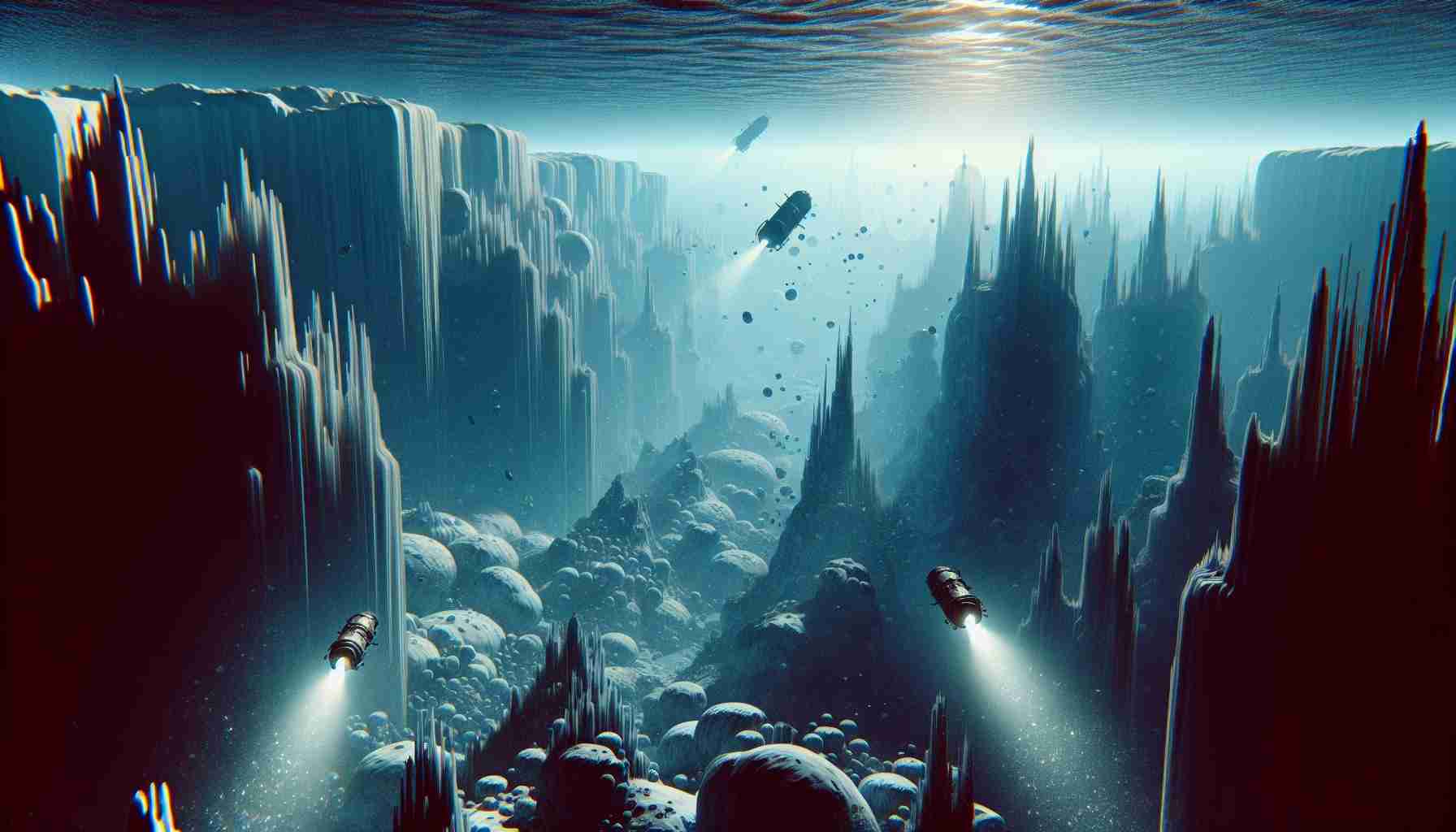Recent studies indicate that Europa, one of Jupiter’s moons, is believed to harbor a vast ocean beneath its icy surface, possibly containing more water than all of Earth’s oceans combined. The gravitational forces exerted by Jupiter play a crucial role in generating internal heat within Europa, causing the moon’s crust to flex and creating a potential environment for hydrothermal activity. This dynamic interaction may lead to unique geological features where the ocean meets the rocky layer beneath.
Scientists highlight that these conditions are similar to those found on Earth, where ocean waters interact with the seabed, forming hydrothermal vents that support rich ecosystems without sunlight. Ongoing research is focused on understanding whether Europa’s environment could sustain simple life forms, akin to single-celled organisms that thrive in Earth’s deep oceanic vents.
While the upcoming Europa Clipper mission aims to gather data on the moon’s surface and subsurface chemistry, it is unlikely to directly analyze the oceanic depths where life may exist. Researchers are optimistic about detecting organic compounds on the surface that may indicate the moon’s potential for supporting life.
However, the radioactive environment near Jupiter presents significant challenges for any life surviving directly on the surface. The prospect of discovering life, if it exists, rests in the unexplored depths of Europa’s ocean, far from the harsh conditions above.
Exploring the Ocean Beneath Europa’s Ice: Unraveling Mysteries and Challenges
Europa, one of Jupiter’s most intriguing moons, continues to captivate scientists as research unveils the complexities of its hidden ocean beneath a thick layer of ice. While earlier studies have outlined essential features of this icy world, new findings and questions have emerged that broaden our understanding and highlight the challenges of future exploration.
Key Questions Surrounding Europa’s Ocean
1. What is the composition of Europa’s ocean?
The exact chemical makeup of the subsurface ocean remains uncertain. The water is expected to be salty, much like Earth’s oceans, but the presence of other compounds, such as sulfuric acid or ammonia, could significantly affect its potential to support life.
2. How thick is the ice covering the ocean?
Estimates suggest that the ice crust could be between 10 to 30 kilometers thick. Understanding the thickness of this ice is crucial for selecting landing sites for future missions aimed at studying the ocean underneath.
3. Are there energy sources that could sustain life?
Besides hydrothermal vents, other potential energy sources may exist, such as chemical reactions between seafloor minerals and water, which could support microbial ecosystems in the darkness of Europa’s ocean.
Challenges and Controversies in Exploration
The exploration of Europa is fraught with scientific and technical challenges:
– Radiation from Jupiter: The strong radiation environment around Jupiter can damage spacecraft instruments and affect the reliability of any future missions. This necessitates the development of advanced protective measures for engines and instrumentation.
– Landing and accessing the ocean: Although missions like the Europa Clipper will orbit the moon and gather surface data, a landing mission to directly sample the subsurface remains a significant hurdle. Developing technology that can penetrate the thick ice while keeping instruments safe is a high priority.
– Contamination concerns: There’s a growing debate about planetary protection protocols to avoid contaminating Europa with Earth microbes. Ensuring that our exploratory efforts do not compromise the moon’s potential biosphere is critical.
Advantages of Exploring Europa
– Astrobiological interest: Europa presents one of the best opportunities for discovering extraterrestrial life within our solar system, given its subsurface ocean and geological activity.
– Understanding planetary processes: Studying Europa can provide insights into icy moon formation and dynamics, enhancing our knowledge of other celestial bodies that may harbor life.
Disadvantages and Risks
– Cost and time of missions: Space missions targeting Europa require substantial funding and time, which can divert resources from other scientific endeavors.
– Technical failures: There is always a risk of mission failure, whether from launch complications or during complex operations like landing and sampling, which could delay our learning about this fascinating moon.
As research continues and missions like the Europa Clipper are realized, the scientific community remains hopeful that we can answer these pressing questions about Europa’s ocean and its potential to host life. With every bit of collected data, we move closer to understanding not just Europa, but also the conditions that could support life beyond Earth.
For further reading and updates on space exploration topics, visit NASA’s official website.












